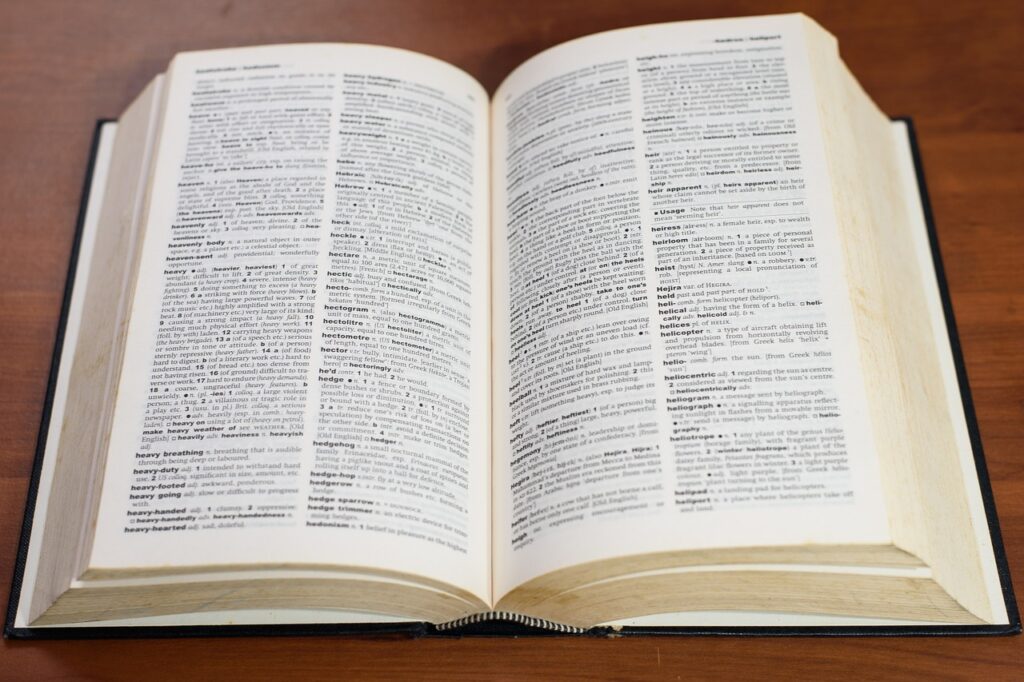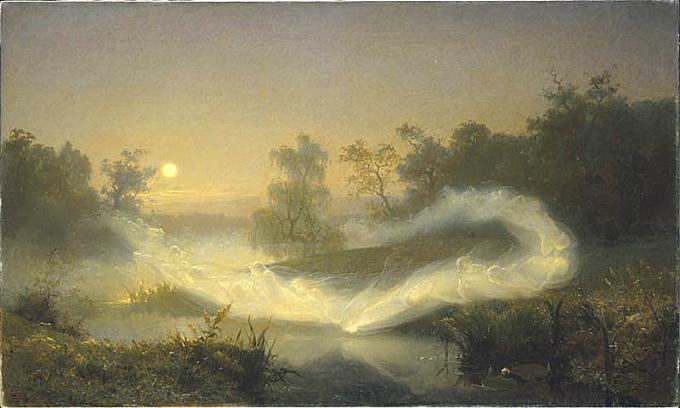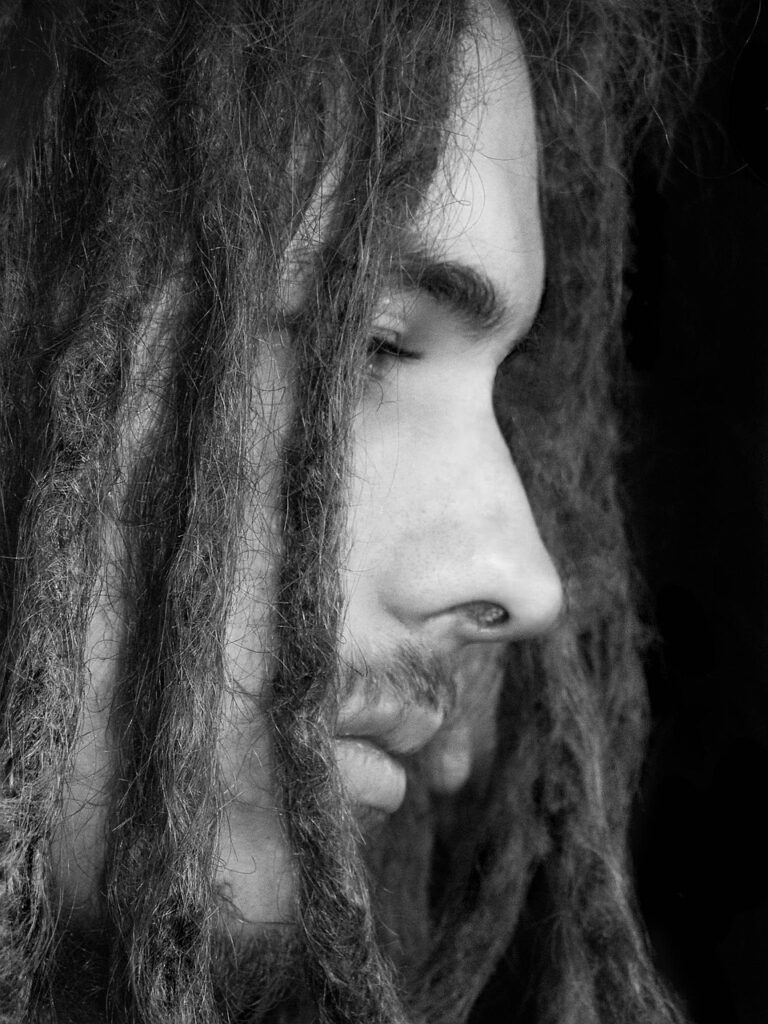Dutch vs Danish: What are the Differences?
Welcome, language enthusiasts! If you’ve ever found yourself in the linguistic labyrinth, wondering about the distinctions between Dutch and Danish, you’re in the right place. The Dutch vs Danish language face-off is more than just a tongue-twister; it’s a fascinating journey into the intricacies of North Germanic communication. So, buckle up as we navigate through the linguistic landscapes of Danish and Dutch, dissecting their differences and uncovering the unique flavors each language brings to the conversation. Let’s embark on this linguistic exploration and unravel the distinct threads of Dutch vs Danish! Dutch vs Danish: Unraveling Roots and Influences To comprehend the essence of Dutch vs Danish, let’s rewind the linguistic clock. Danish and Dutch, both North Germanic languages, share a common ancestral lineage but have evolved independently over the centuries. Danish boasts its roots in Old Norse, while Dutch dances to the tunes of Frankish and Old Low Franconian. These historical twists set the stage for the unique linguistic performances we witness today. Geographical Distribution: Where the Languages Roam Geography plays a pivotal role in the Dutch vs Danish tale. Dutch stretches its vocal cords in the Netherlands and parts of Belgium, while Danish elegantly graces the tongues of those in Denmark and parts of Germany. Interestingly, there’s a linguistic neighborly overlap in the north, where Danish and Dutch enthusiasts might find themselves in a linguistic rendezvous. Linguistic Features: Phonetics and Grammar Unveiled Now, let’s tune in to the distinct accents and grammar acrobatics of Dutch and Danish. Dutch flaunts a more guttural touch in its phonetics, with sounds that might make your throat do a double take. Danish, on the other hand, throws in its unique pitch patterns, adding a musicality that sets it apart. Grammar aficionados will appreciate the subtle differences in sentence structure and word order that give each language its distinctive flair. Dutch vs Danish: Vocabulary As we dive into the linguistic treasure chest, we encounter the colorful vocabulary of Dutch and Danish. While they share some lexical gems, each language has its own set of linguistic jewels. Dutch leans on its Germanic roots, borrowing from its linguistic cousins, while Danish intertwines Old Norse influences into its lexicon. It’s a wordy affair that adds character to each conversation. Mutual Intelligibility: Can Dutch and Danish Befriend? Picture this: a Dutch speaker and a Danish speaker walk into a linguistic crossroad. How well can they decipher each other’s linguistic musings? Mutual intelligibility between Dutch and Danish exists to a certain extent, thanks to their common North Germanic ancestry. Yet, it’s not a seamless stroll; nuances and unfamiliar words might sprinkle the conversation, adding a dash of linguistic adventure. Cultural Implications: Beyond Words Language isn’t just a string of words; it’s a cultural dance. Danish and Dutch reflect the ethos of their speakers. From social norms to historical references, each language carries the cultural baggage of its homeland. So, when you’re learning Dutch or Danish, you’re not just deciphering words; you’re unraveling the cultural tapestry woven into the language. Language Learning: Navigating the Linguistic Landscape For those brave souls venturing into the realm of Dutch vs Danish, the language-learning journey unfolds with its own set of challenges and rewards. Resources abound for both languages, from online courses to immersive experiences. Dutch learners might find familiarity in English, while Danish enthusiasts might discover a linguistic kinship with other Scandinavian languages. It’s a linguistic buffet; take your pick! Dutch vs Danish: Conclusion In the end, the Dutch vs Danish saga is a tale of two languages, each with its own melody and rhythm. Whether you’re drawn to the tulip-strewn fields of Dutch or the hygge-infused coziness of Danish, both languages offer a unique window into rich cultural landscapes. So, as you navigate the linguistic waters, remember, it’s not just Dutch vs Danish; it’s a celebration of diversity in language and culture. Cheers to the linguistic journey ahead!
Dutch vs Danish: What are the Differences? Read More »









